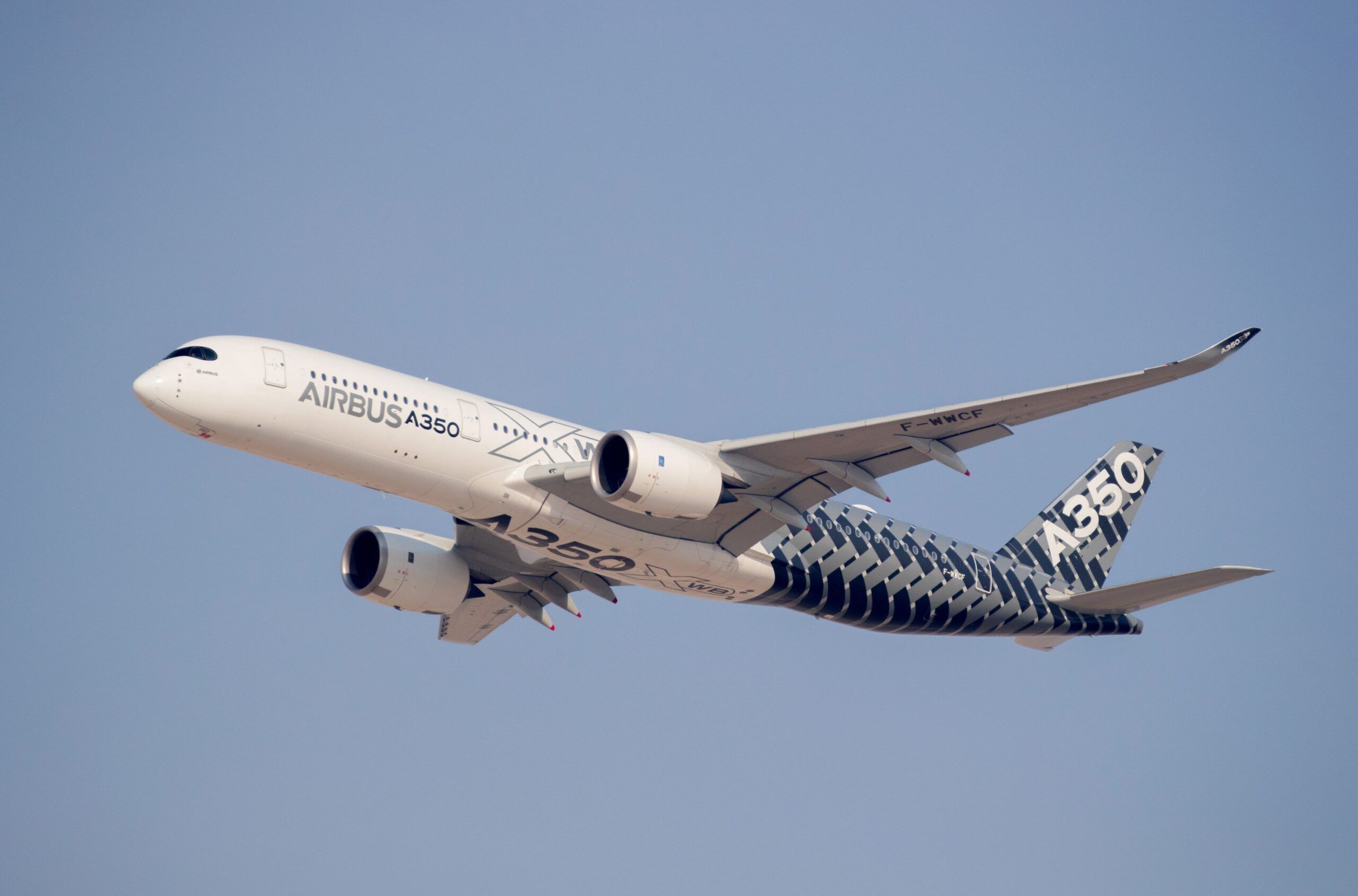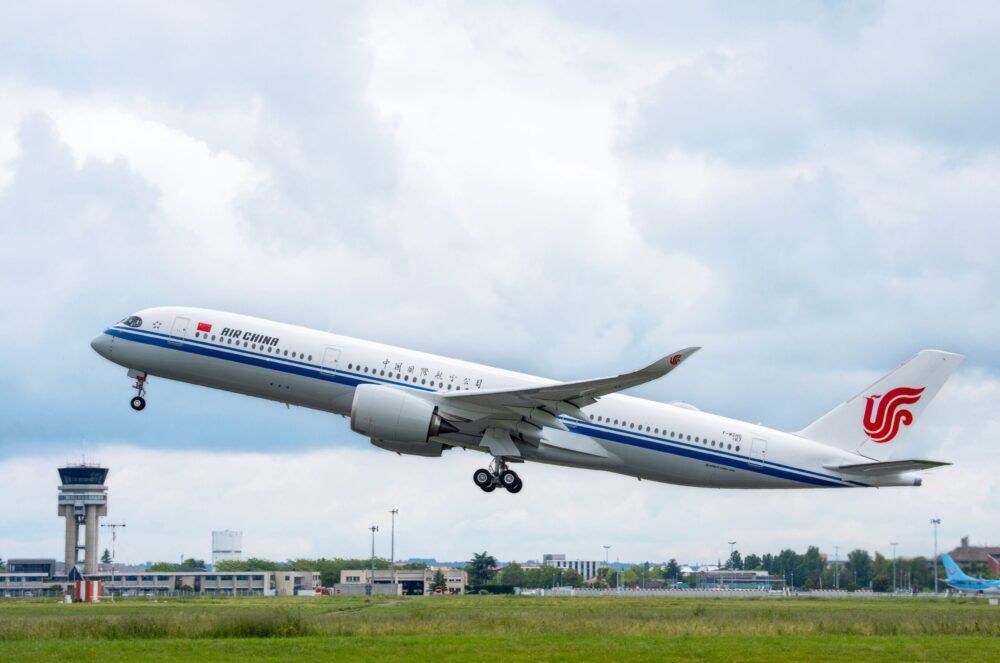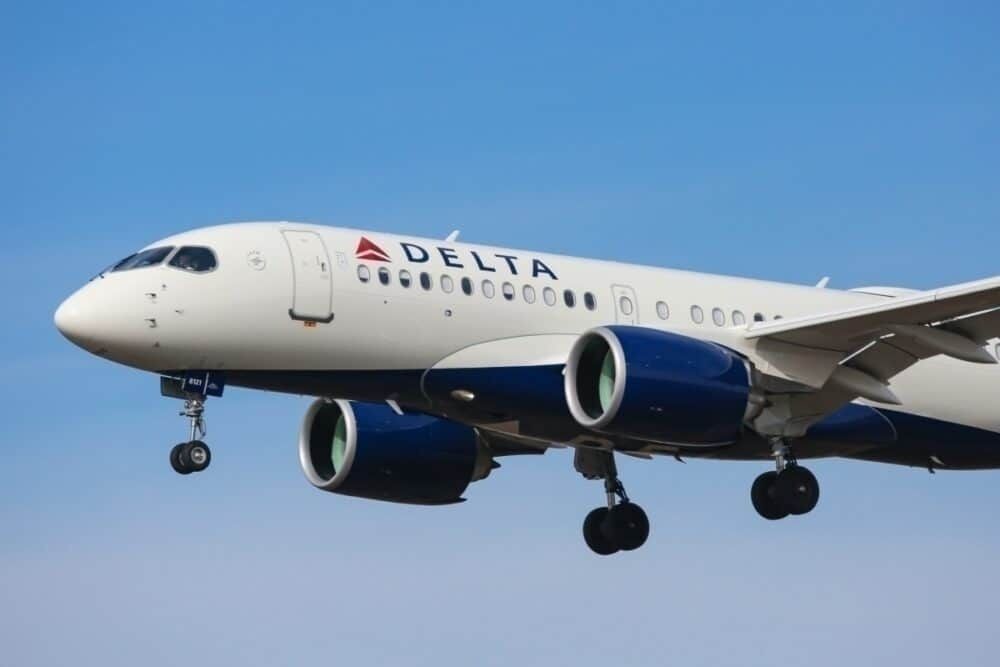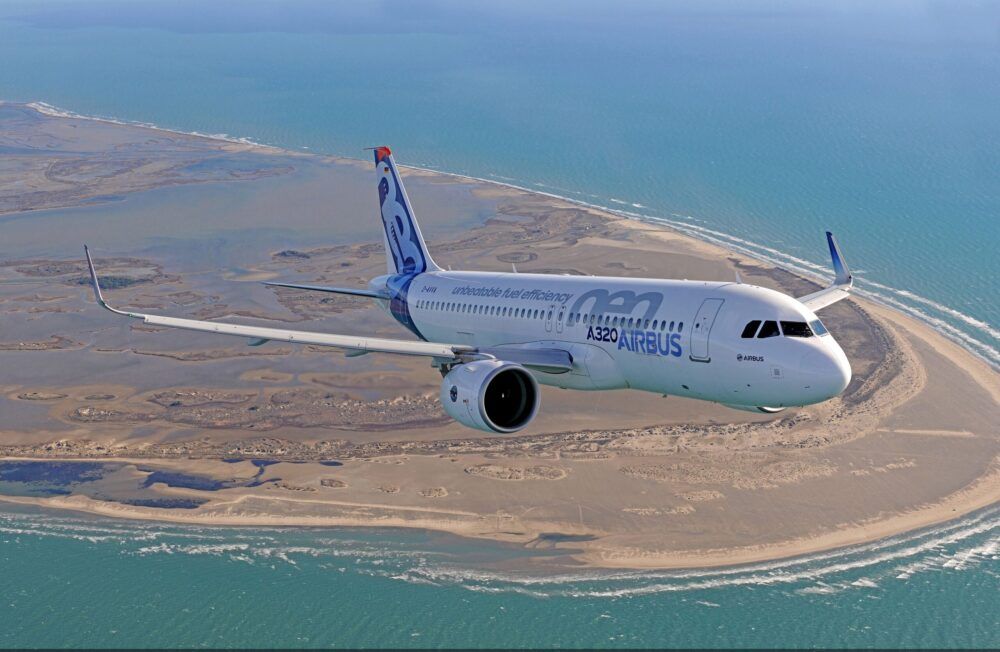Airbus delivered 32 aircraft in February. Mostly made up of Airbus A320neo family of aircraft, it is clear that narrowbodies are powering Airbus' deliveries and are the most desired jets for airlines. As the crisis drags on and international long-haul travel demand remains week, airlines evaluate their near-term fleet needs, and few carriers have determined they need widebodies now.
Airbus' February deliveries
In February, a total of 32 aircraft went from Airbus' hands to a customer. 30 of these were narrowbody aircraft, comprised of both Airbus A220 aircraft and A320 family aircraft. On the widebody front, Airbus delivered a single Airbus A350.
The only Airbus A350 delivery was an A350-900 that went to Air China. After seeing an early rocketing rebound in demand in China, the country has seen a dramatic decrease in air traffic after a new outbreak in the country.
The deliveries were broken down by the following aircraft:
- One Airbus A220-100
- One Airbus A220-300
- 15 Airbus A320neos
- Two Airbus A321ceos
- 12 Airbus A321neos
- One Airbus A350-900
Which airlines took new jets?
Several airlines took new jets. Delta Air Lines took three jets, including one A220-100. The other two were A321ceos. Delta is looking to clear its A321ceo order backlog before taking any new A321neos.
China Eastern also took three new jets. All of those aircraft were Airbus A320neo jets. Japanese carrier ANA took two Airbus A321neos. Indian airline IndiGo took three A321neos, as well. Back in the US, JetBlue also took three Airbus A321neos, including the first aircraft with the airline's new Mint suite product.
Spring Airlines in China took two A321neos as well. Other deliveries included the sole A350 to Air China, though the airline also took an A320neo on lease from BOC Aviation. Air Canada was the only airline in the month to take a new Airbus A220-300.
Stay informed: Sign up for our daily and weekly aviation news digests!
Across Europe, deliveries were unsurprisingly thin as the continent faces continuing outbreaks and travel restrictions. Most airlines are still evaluating their near-term fleet needs, and the one thing most European carriers know now is that they have too many planes for the current environment.
Narrowbodies lead the way
Narrowbodies operate more flights than widebodies in nearly every domestic market in the world. Airlines are finding more success with operating narrowbodies on short-haul leisure routes for domestic flights in the US, domestic and regional flights in East Asia, and even some long-haul routes.
Narrowbodies are much easier to fill and are much more economical on most short- and medium-haul routes. Plus, if an airline needs to expand capacity, it can leverage higher frequencies using smaller jets.
Most airlines have deferred their deliveries of new jets, so Airbus' numbers are likely to be down for a year or two. Until airlines have extra money to pay to take new jets and want to take new jets to put into service in opposition to taking delivery and immediately storing them until the demand market improves, Airbus' delivery numbers per month will stay down.
What do you make of Airbus' February 2021 delivery numbers? Let us know in the comments!





